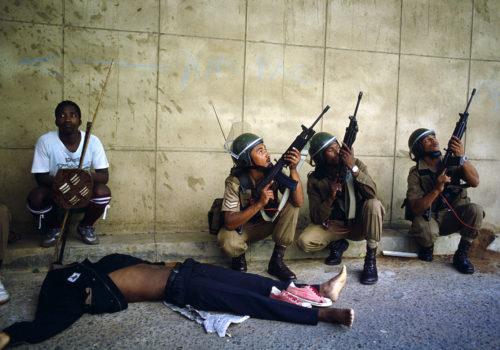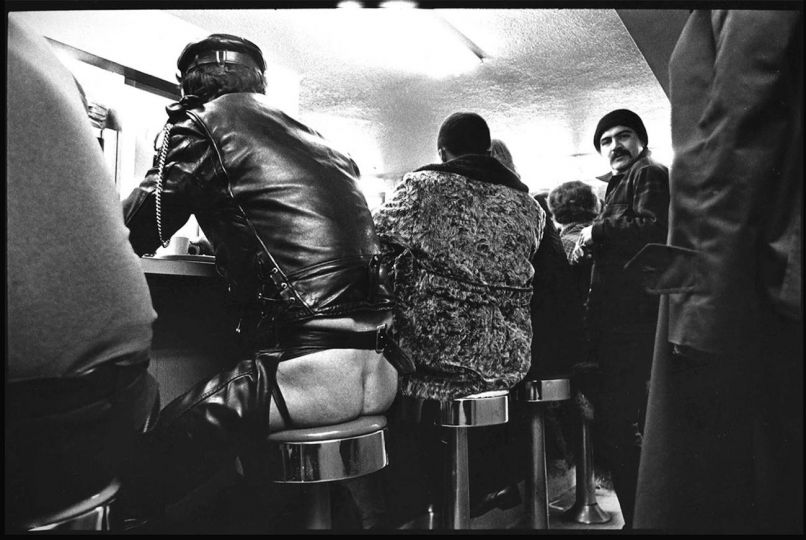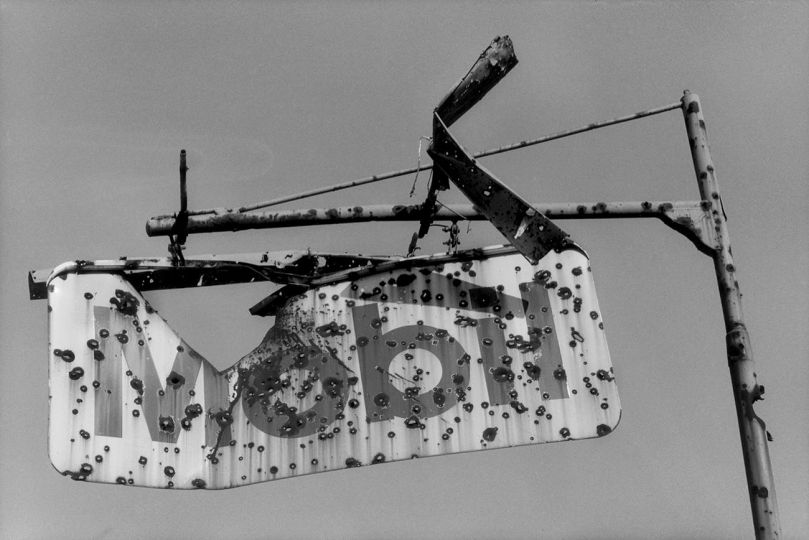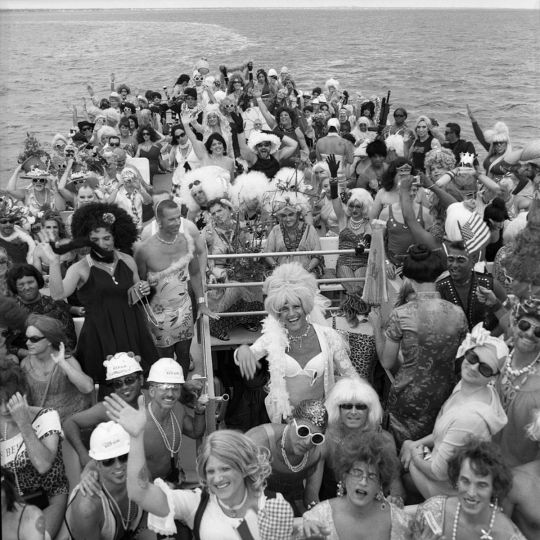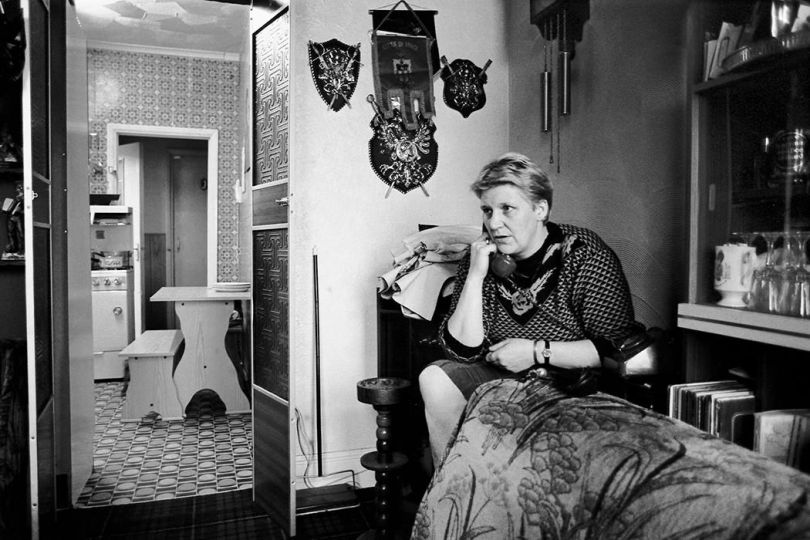Greg Marinovich : A Different Perspective on Democracy
Greg Marinovich is a world-renowned South African photojournalist, filmmaker, and author, and a Pulitzer Prize winner whose work has documented some of the most intense and tragic moments in contemporary history. Known for his on-the-ground commitment, particularly during the final years of apartheid, Marinovich has captured poignant images that reveal the brutal reality of conflicts and injustices around the world.
He is best known for his role within the “Bang-Bang Club,” an informal group of four photojournalists (alongside Kevin Carter, Ken Oosterbroek, and João Silva) who covered the political violence in South Africa in the early 1990s. Marinovich won the Pulitzer Prize in 1991 for his images of the Inkatha Freedom Party’s violence against the ANC.
In addition to his career as a photojournalist, Greg Marinovich is the author of The Bang-Bang Club: Snapshots from a Hidden War, co-written with João Silva, a book that recounts their experiences covering the conflicts in South Africa. This account was also adapted into a film in 2010. Marinovich continues to teach, write, and work on various documentary projects while sharing his expertise on the ethical issues and challenges of contemporary photojournalism.
Through our Questionnaire, he shares his thoughts on photography, his influences, and the experiences that have shaped his career, offering a rare and deep insight into life behind the lens.
Website : https://gregmarinovich.photoshelter.com/index
www.marinovichphotoworkshop.com
X (Twitter) : https://x.com/GregMarinovich
Your first photographic trigger?
Greg Marinovich : Encountering Gilles Peress’ Telex from Iran in a Johannesburg bookstore while still in high school with absolutely no interest in photography or journalism. It did not make me buy a camera, but I am sure it re-arranged how my brain saw the world.
The man or woman of image who inspired you?
G.M. : vI was fortunate enough to befriend Gilles Peress – he is a massive influence and over the decades has offered insightful advice and thoughts even if he is occasionally a little opaque! His work is astonishingly good, remarkably smart and humanist. Perfect.
The image you would have liked to take?
G.M. : ….so many!
The one that moved you the most?
G.M. : Not a single image but perhaps Ukrainian photographer Evgeniy Maloletka’s images from the hospital in Mariupol of parents with children killed by Russian siege.
And the one that made you angry?
G.M. : It might be one of my own, of the 9 month old baby Aaron Mathope killed by Inkatha Freedom Party attackers at Boipatong, 1992. His mother was killed too and the father survived.
Which photo changed the world?
G.M. : Lewis Hine’s work on child labour in the US in early 1900s.
And which photo changed your world?
G.M. : Tough question. Maybe it was the first large format image I photographed and processed… sing a view camera changed how I approached photography early in my career. The image itself is not important, it was that I began to understand photography on a deeper level.
What interests you most in an image?
G.M. : The emotional and psychological impact on me. Alternately, if the content is truly important, it can override many other factors.
What is the last photo you took?
G.M. : A Biden/Harris lawn placard where the homeowner – my neighbor – folded it to change the Biden Harris sign to hide Biden and display just Harris after Biden withdrew from the US presidential race. It was garbage day and the sign was alongside a recycling bin (both of them the same shade of blue) which I enjoyed.
A key image in your personal pantheon?
G.M. : One of my favorites is a dreamlike image from a night vigil ahead of the funeral of an African National Congress youth activist in the homeland of Venda, 1989 or 1990.
A photographic memory from your childhood?
G.M. : Hmm. None really.
According to you, what is the necessary quality to be a good photographer?
G.M. : Aware of self and others, Well read. Sympatico. Tenacious. Patient.
What makes a good photo?
G.M. : …. There are so many different ways that photos are good.
The person you would like to photograph?
G.M. : My kids.
An indispensable photo book?
G.M. : It is obvious but Robert Frank’s The Americans, but I keep running into others that move me as bodies of work. Koudelka, Sanguinetti, etc.
The camera of your childhood?
G.M. : None.
The one you use today?
G.M. : A variety. Digital: Nikon D4s or Canon 5D mk IV, depending on mood/needs. Analogue: Linhof Technika, Rolleiflex, Topcon Super D. I try to play with different cameras.
How do you choose your projects?
G.M. : I have to ensure I retain interest and that it is something worthwhile. Oddly, I am still attracted to conflict-related stories.
An upcoming project that is close to your heart?
G.M. : A project I began to train young journalists how to cover wars safely, ethically and smartly.
How would you describe your creative process?
G.M. : I try to do background research and then immerse myself and follow my instincts and let life/environment/happenings guide me.
Your favorite drug?
G.M. : I don’t bother to drink or drug, but mushrooms seem attractive.
The best way to disconnect for you?
G.M. : Running, binge-watching a tevee series, reading a novel, printing in the darkroom.
What is your relationship with the image?
G.M. : MM that question makes me think and I am not sure I know how to answer that.
Who would you like to be photographed by?
G.M. : August Sander.
Your latest folly?
G.M. : So many, but perhaps trying to decide on where and how to settle in Italy when I stop full-time teaching.
The job you would not have liked to do?
G.M. : Perhaps the awful and depressing Somalia famine in 1992.
Your greatest professional extravagance?
G.M. : Buying an Imacon scanner.
What was the last thing you did for the first time?
G.M. : Trying out mushrooms, something I had always been nervous of.
The city, the country or the culture you dream of discovering?
G.M. : Congo (DRC).
The place you never get tired of ?
G.M. : The rural northern parts of South Africa.
Your biggest regret?
G.M. : Not finishing the book on my mother, a complicated person, to put it mildly.
In terms of social networks, are you more into Instagram, Facebook, Tik Tok or Snapchat and why?
G.M. : Twitter, even with its current bullshit.
Color or B&W?
G.M. : B/W.
Daylight or artificial light?
G.M. : Depends, I don’t mind.
Which city do you think is the most photogenic?
G.M. : Calcutta.
If God existed would you ask him to pose for you, or would you opt for a selfie with him?
G.M. : Him? Surely her. I would not bother.
If I could organize your ideal dinner party, who would be at the table?
G.M. : A combination of writers, photographers and original thinkers: Thomas Pynchon, Gilles Peress, my late uncle Mitch, my wife, Martha Gelhorn, Francesca Albanese, Carlotta Gall…
The image that represents for you the current state of the world?
G.M. : An image I took in 2008 of a burnt landscape with hidden auto hubcaps, which says a lot about how we treat the earth, the material injustice under which the majority of people have to survive in and the capricious nature of misfortune.
According to you, what is missing in today’s world?
G.M. : Kindness. Lack of greed. Humour.
If you had to start all over again?
G.M. : Perhaps an anthropologist of some sort, or full-time author.
What do you like people to say about you?
G.M. : That I am not a prick.
The one thing we absolutely must know about you?
G.M. : Naps are close to my heart.
A last word?
G.M. : I wish I had made more of my opportunities, and would love to impart a sense of urgency to my students about how important it is to document what is around us with depth and intensity.

